
Lot 553
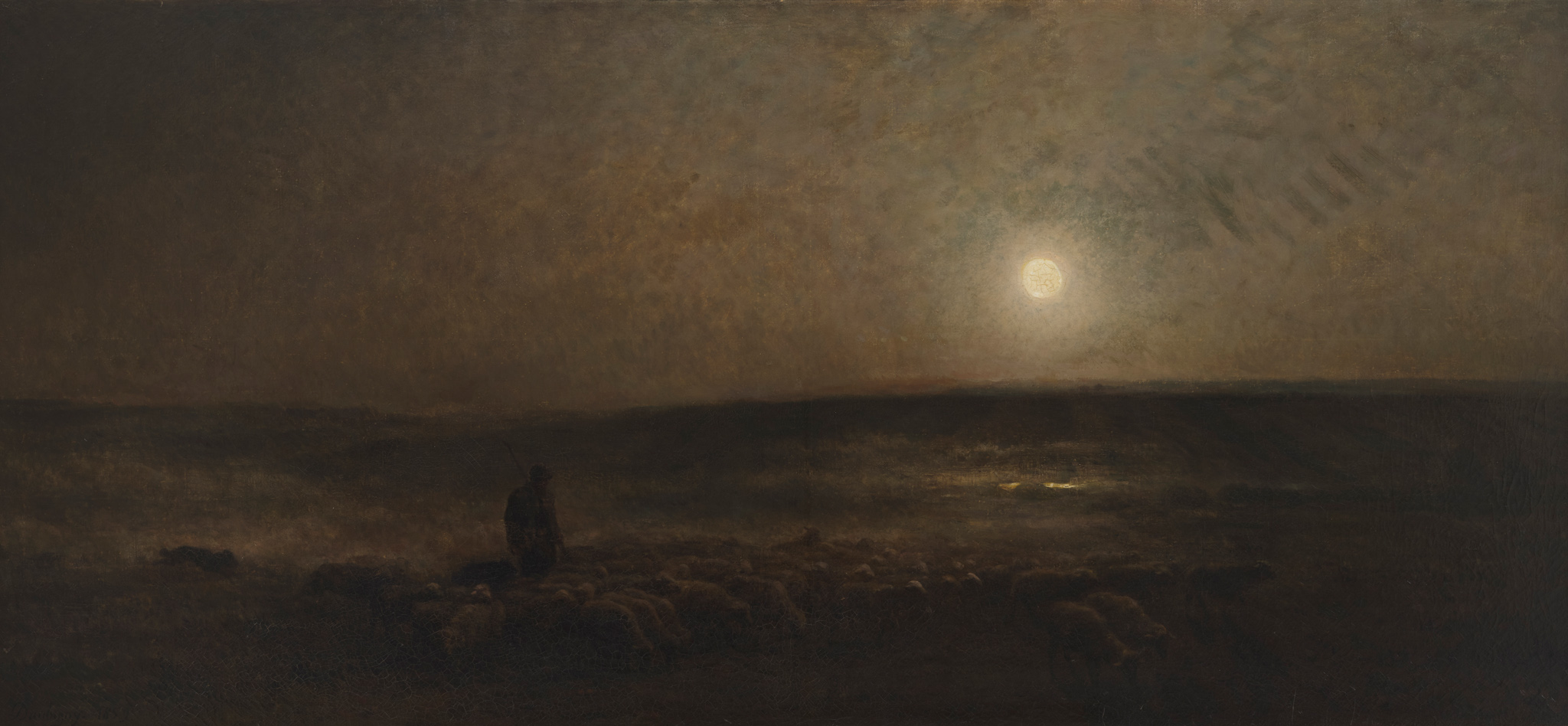
CHARLES-FRANÇOIS DAUBIGNY (FRENCH 1817-1878)
LEVER DE LUNE À AUVERS
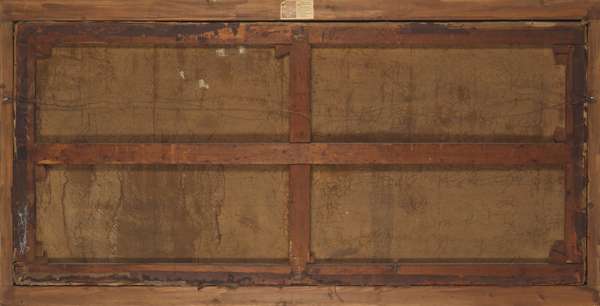
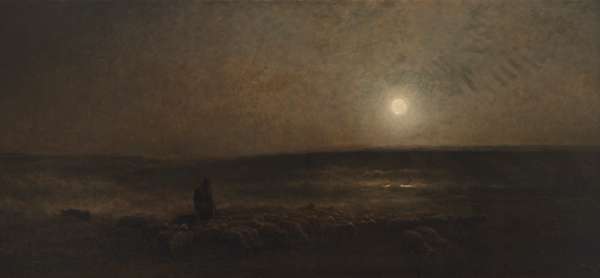
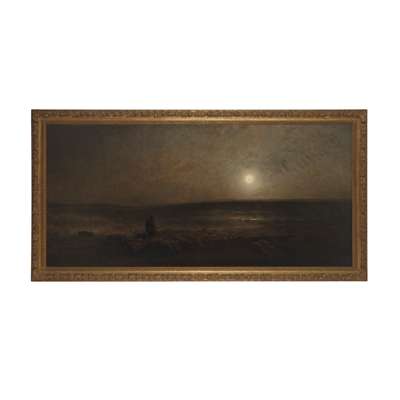



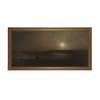

Auction: Day Two | Thurs 4th Sept at 10am | Lots 403 to 727
Description
Signed and dated 1858, oil on canvas
Dimensions
88.5cm x 193cm (35in x 76in)
Provenance
J. Meyer of Dresden;
Hôtel Drouot, Paris, 20th November 1926, no.6.
Literature:
Hellenbranth, Robert & Anne, Charles-François Daubigny: 1817-1878 (Supplement), Morges, p.26, illustrated, no.79.
Footnote
Daubigny kept an accounts book where he not only noted the title, buyer and price of each painting he sold, but also sketched a reproduction of the work in miniature. Towards the end of the pages itemising sales from the year 1860 can be found a tiny pen drawing of Lever de Lune. An inky huddle in the foreground denotes the shepherd and flock, and a simple ring of white over delicate hatching suggests the moon hanging low in the cloudy dawn sky. Alongside his sketch, Daubigny notes that the painting sold to a Mr Lair for 300 francs.
1860 was a consequential year for Daubigny in which he made one of the most significant sales of his career: one of his most celebrated canvases, The Ponds at Gylieu, was acquired Napoleon III. 1860 was also the year that Daubigny relocated to Auvers-sur-Oise. Situated on the outskirts of Paris, Auvers offered a wealth of exquisite waterside and pastoral vistas. Daubigny had crafted for himself a floating studio, which he would use to traverse the region in pursuit of subject-matter to stimulate his atmospheric, proto-Impressionist vision.
It is evident that Daubigny was still contemplating Lever de Lune almost twenty years after its completion, as he painted a further version of the composition in 1877, the year before his death. In 1848 Daubigny had worked as a restorer for the Louvre and was charged with creating facsimiles of paintings, and would therefore have been easily able to reproduce a very similar version of his own earlier composition. This later version of the Lever de Lune is now in the collection of the Montreal Museum of Fine Arts. Upon viewing the painting at the 1878 Paris World Fair, Emile Zola reflected that one could:
Look at [...] any landscape by Daubigny: it is the very soul of nature that speaks to you. The exhibition includes a magnificent painting [...] night has just fallen and a transparent shadow veils the fields as the full moon rises in a cloudless sky. You can sense the silent shimmer of evening, make out the last sounds of somnolent fields. It creates the impression of a limpid grandeur, of a tranquility charged with life. Behold the Realist style, made to communicate what is.







